Uncategorized
-
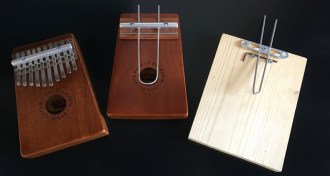 Tech
TechA sensor inspired by an African thumb piano could root out bogus medicines
An inexpensive, user-friendly device that’s based on an mbira could help identify counterfeit and contaminated medications.
-
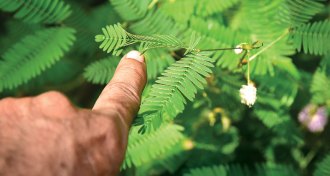 Plants
PlantsSmart plants can teach us a thing or two
‘The Revolutionary Genius of Plants’ challenges the brain-centered view of intelligence.
-
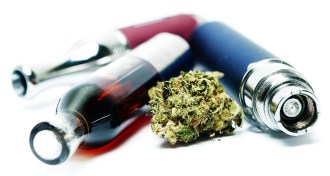 Health & Medicine
Health & MedicineHere’s how many U.S. kids are vaping marijuana
A new study suggests that nearly 1 in 11 middle and high school students in the United States has vaped marijuana, raising concerns about addiction.
-
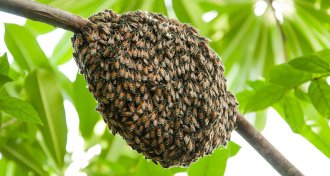 Life
LifeHere’s how clumps of honeybees may survive blowing in the wind
Honeybees clumped on trees may adjust their positions to keep the cluster together when it’s jostled by wind, a new study suggests.
-
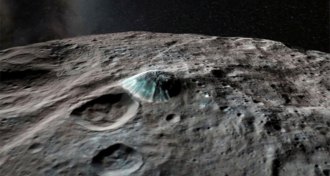 Planetary Science
Planetary ScienceThe ghosts of nearly two dozen icy volcanoes haunt dwarf planet Ceres
The slumped remains of 21 ice volcanoes suggest that the dwarf planet Ceres has been volcanically active for billions of years.
-
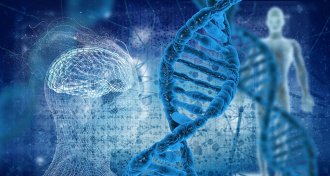 Genetics
GeneticsA recount of human genes ups the number to at least 46,831
A new estimate of the number of human genes adds in some RNA-producing genes.
-
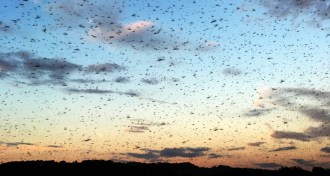 Ecosystems
EcosystemsConfused mayflies wreak havoc on a Pennsylvania bridge
Cleaning a river in central Pennsylvania brought back mayflies, which now pose a threat to motorists crossing a bridge.
-
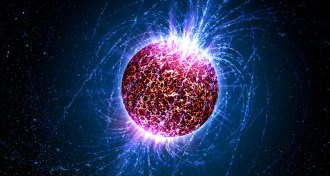 Physics
PhysicsNuclear pasta in neutron stars may be the strongest material in the universe
Simulations suggest that the theoretical substance known as nuclear pasta is 10 billion times as strong as steel.
-
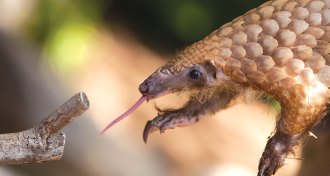 Animals
Animals‘Poached’ offers a deep, disturbing look into the illegal wildlife trade
In ‘Poached,’ a journalist reports from the front lines of the illegal wildlife trade and shows how conservationists are fighting back.
-
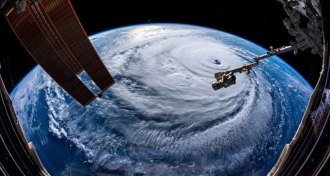 Climate
ClimateHere’s how climate change is fueling Hurricane Florence
Scientists take a stab at predicting climate change’s influence on Hurricane Florence.
-
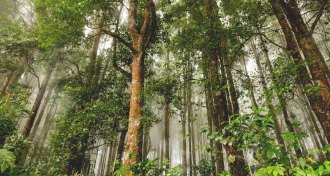 Earth
EarthA new map reveals the causes of forest loss worldwide
A new study shows where global forest loss is due to permanent deforestation versus short-term shifts in land use.
-
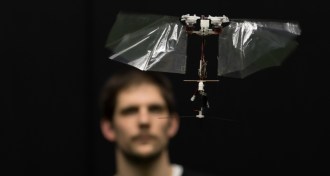 Tech
TechThis flying robot could reveal secrets of the aerial world of insects
A new winged robot with the exceptional agility of a fruit fly could lend insight into animal flight.